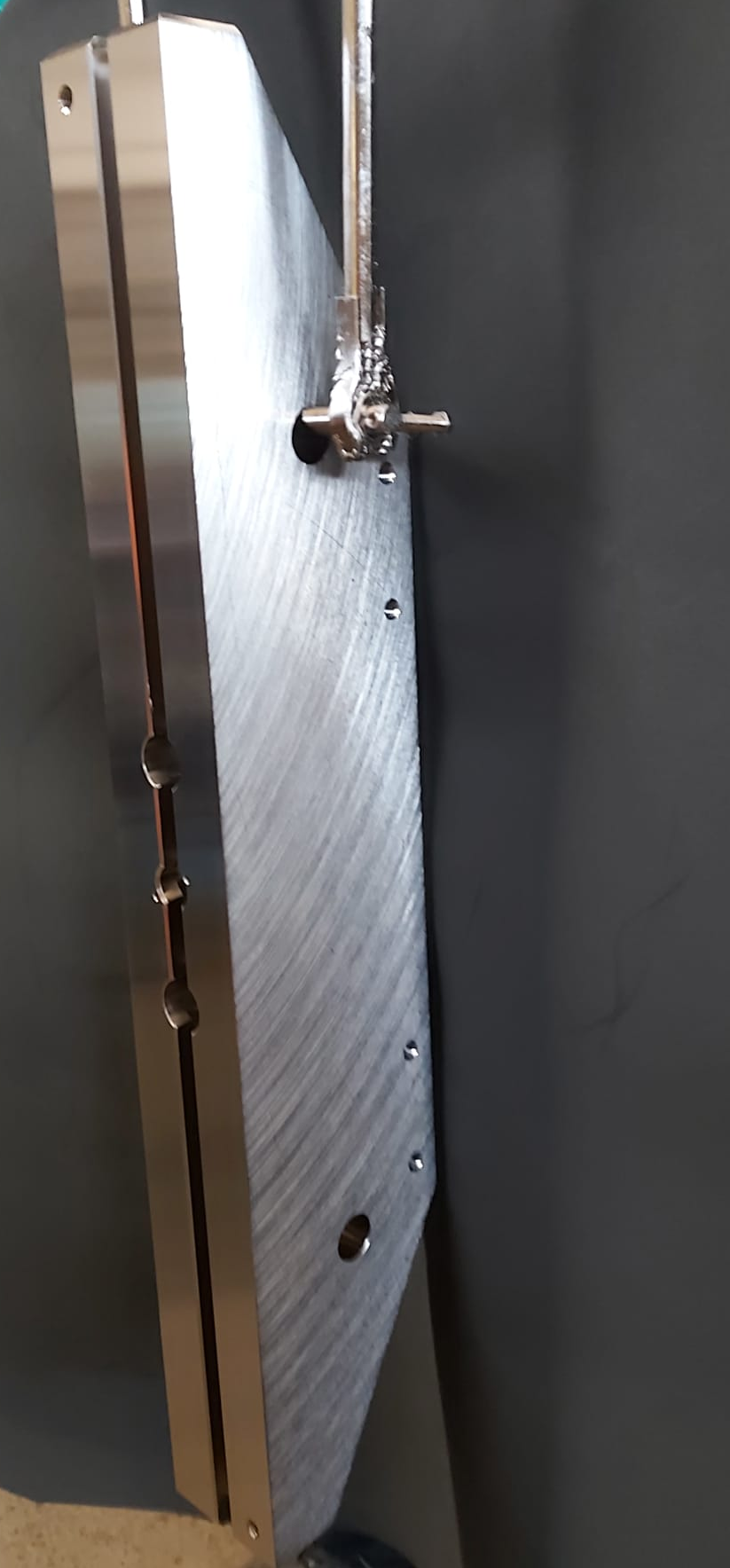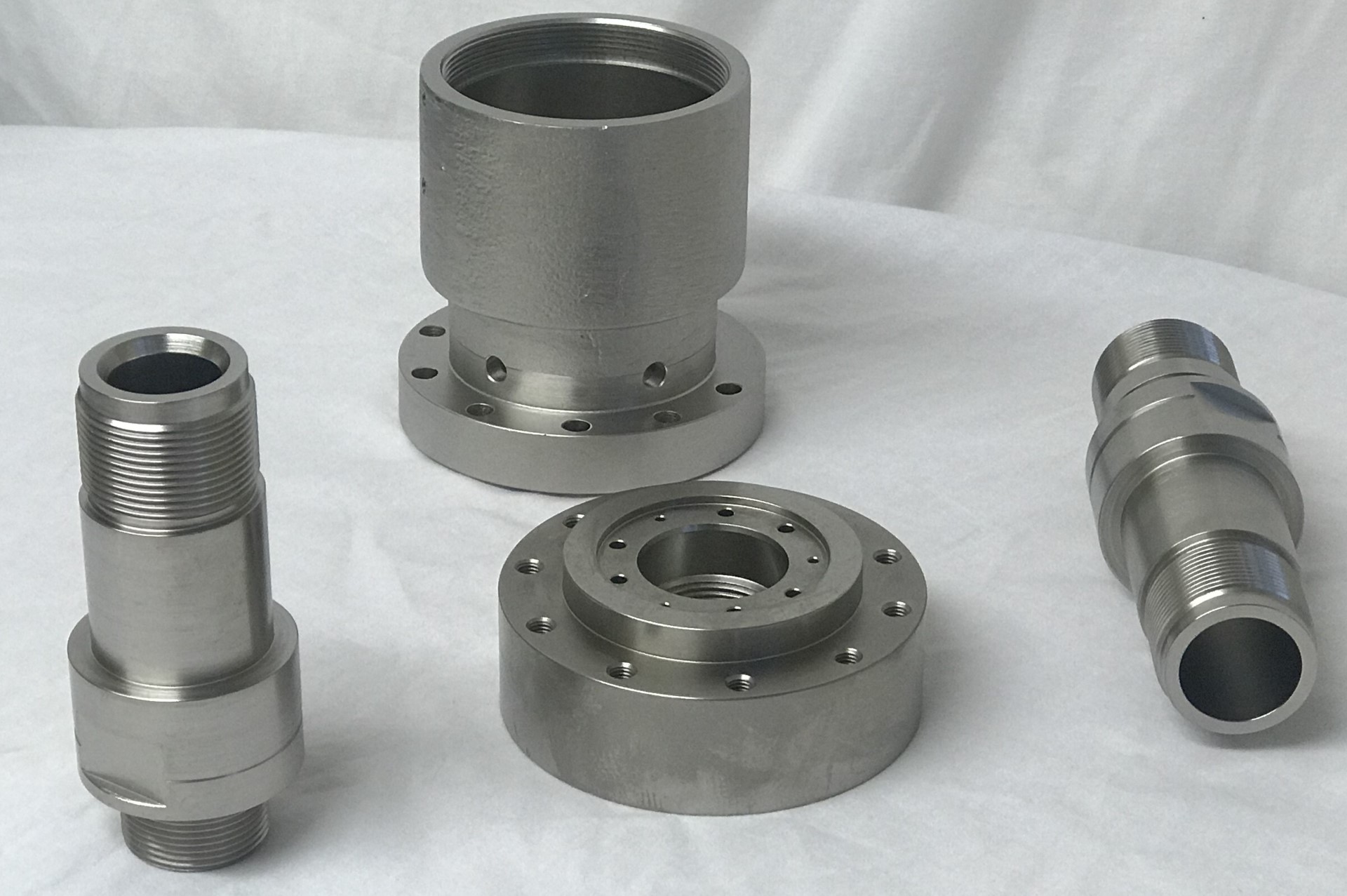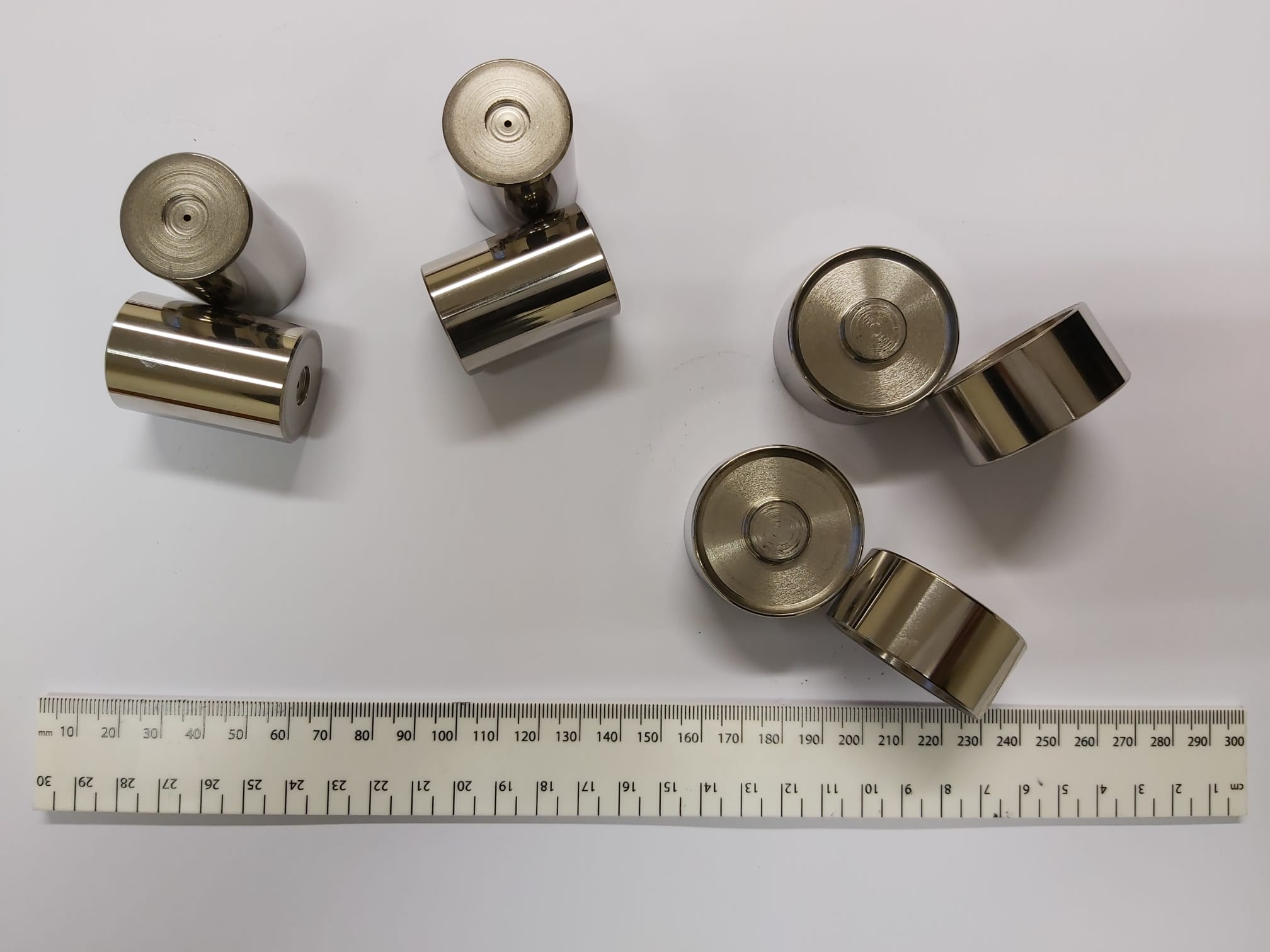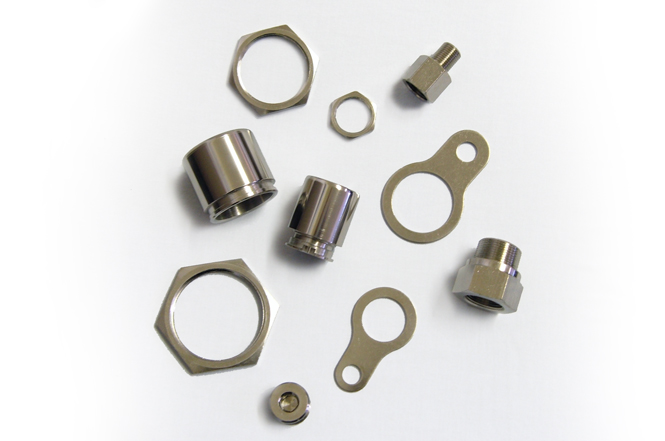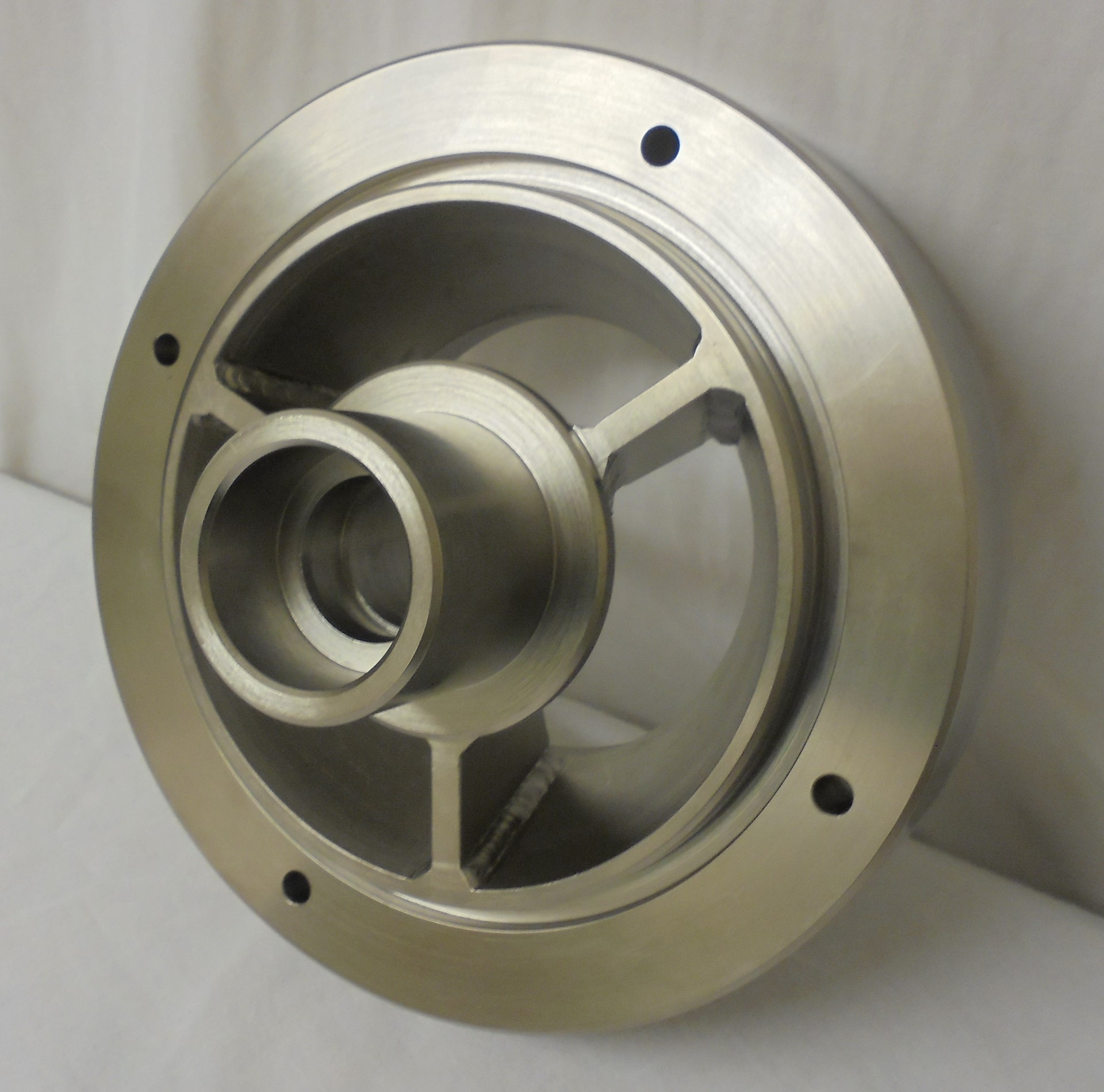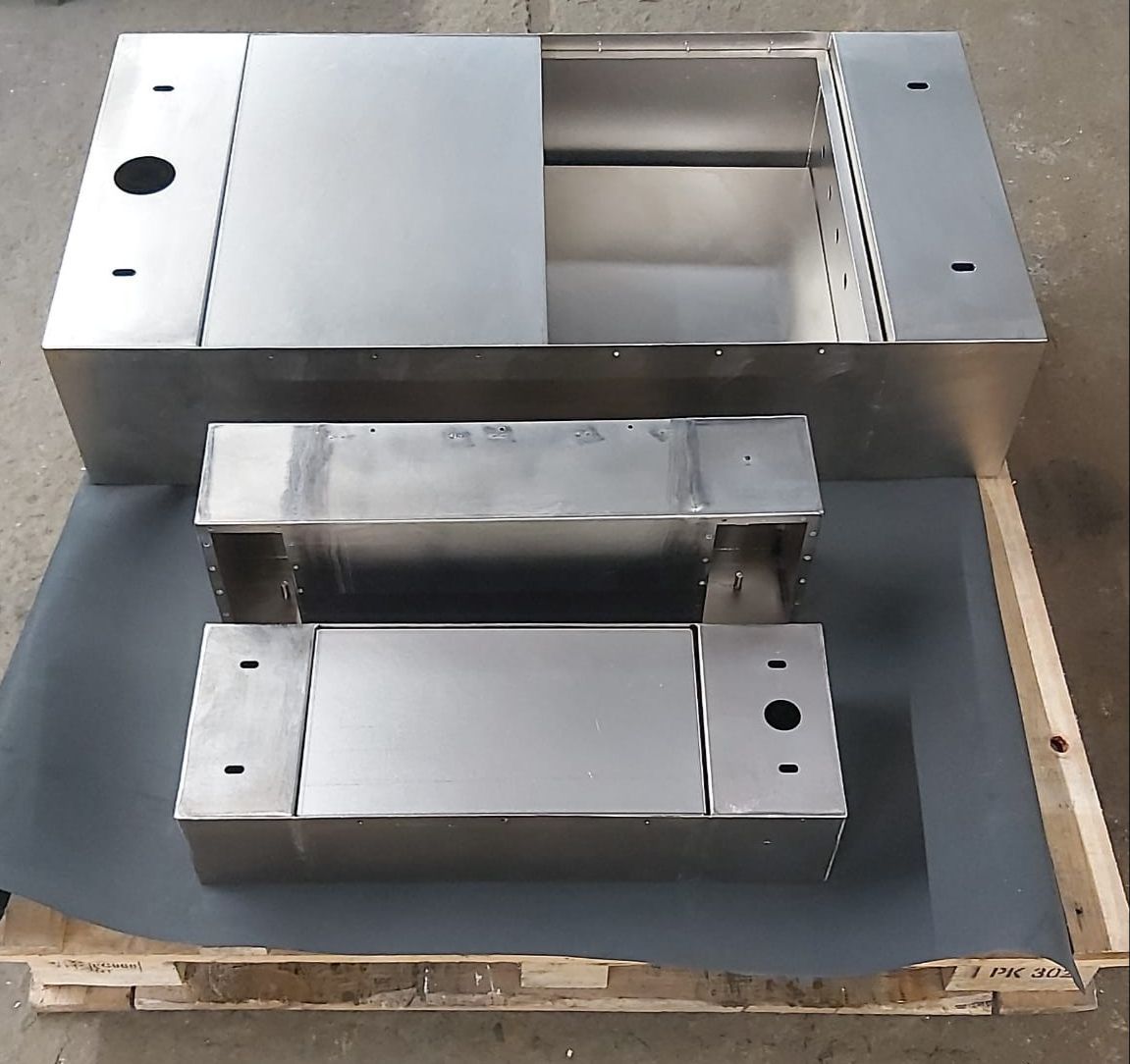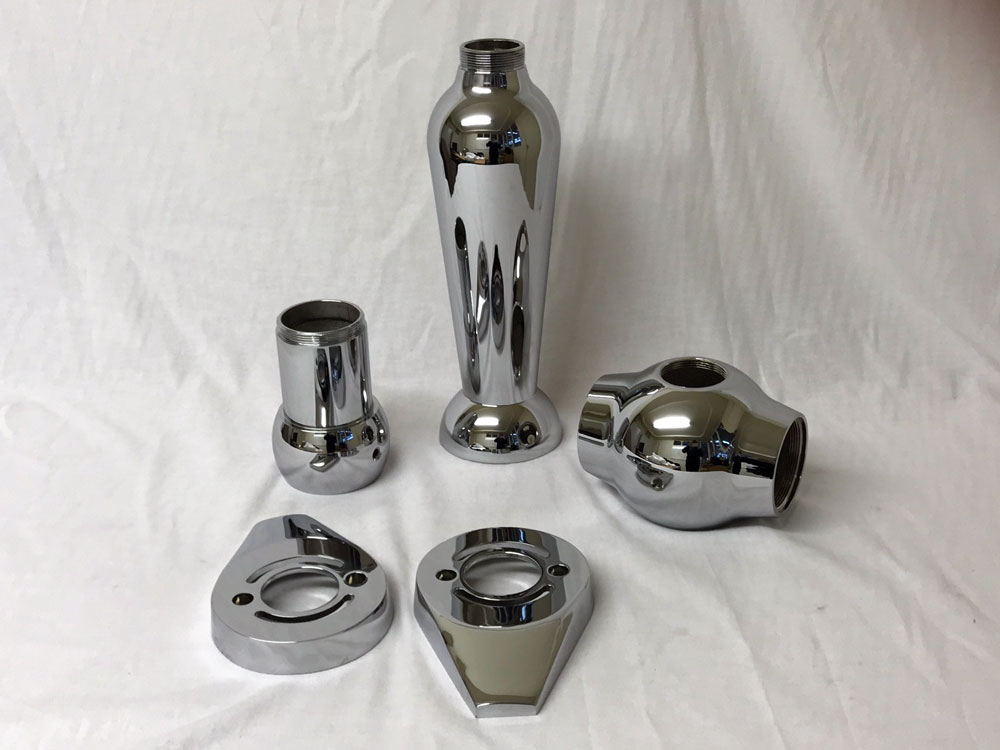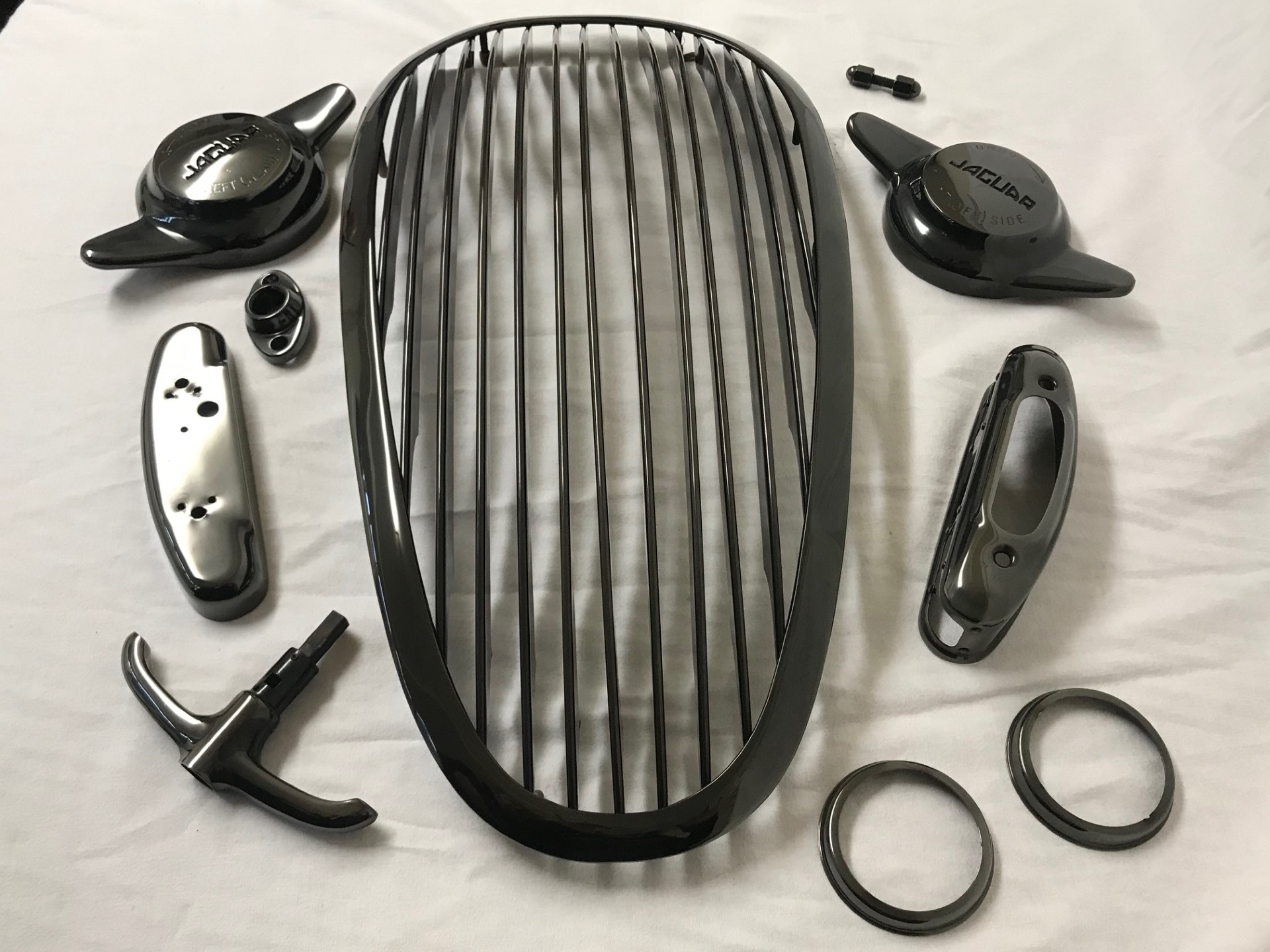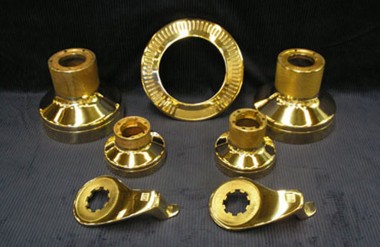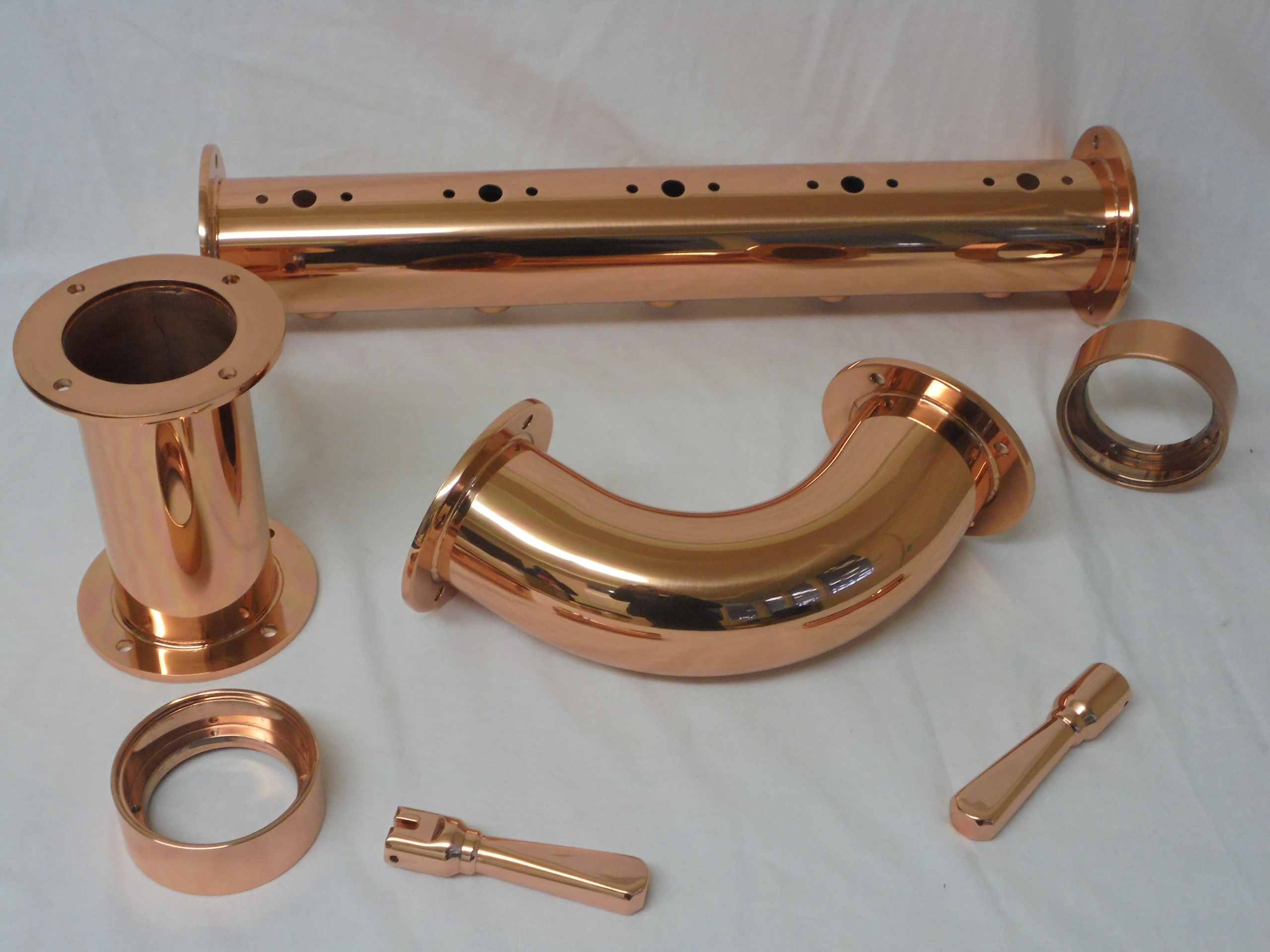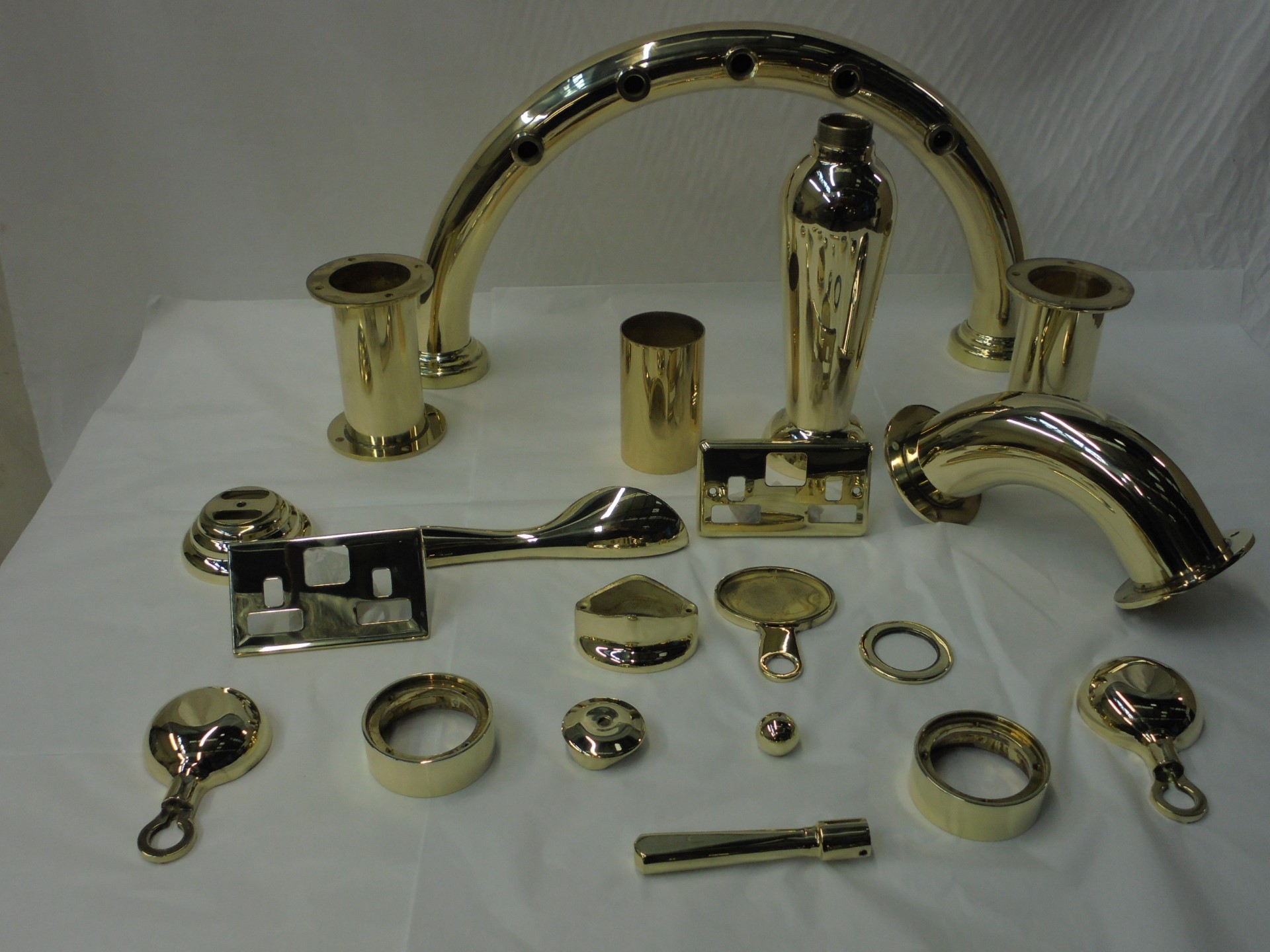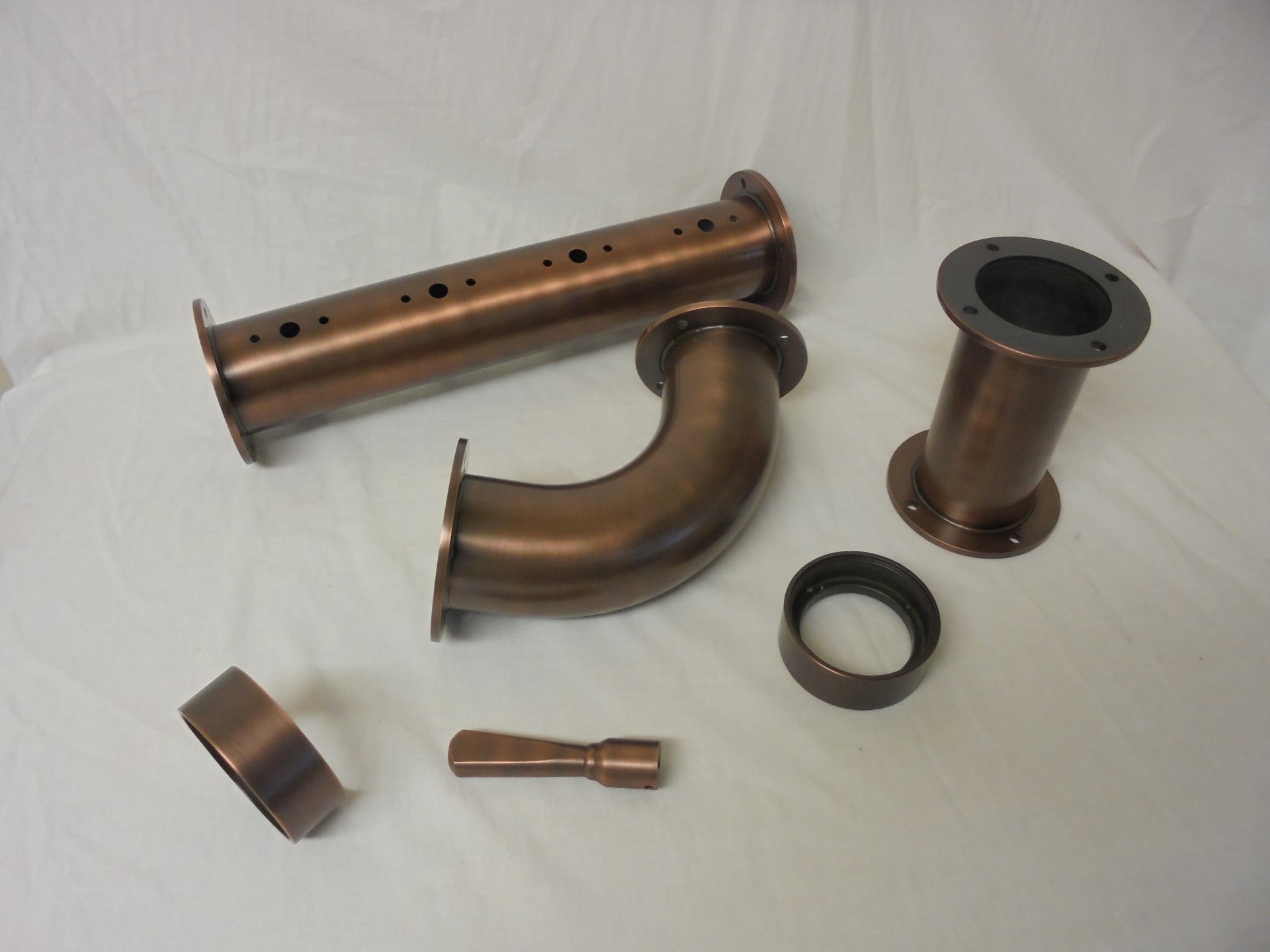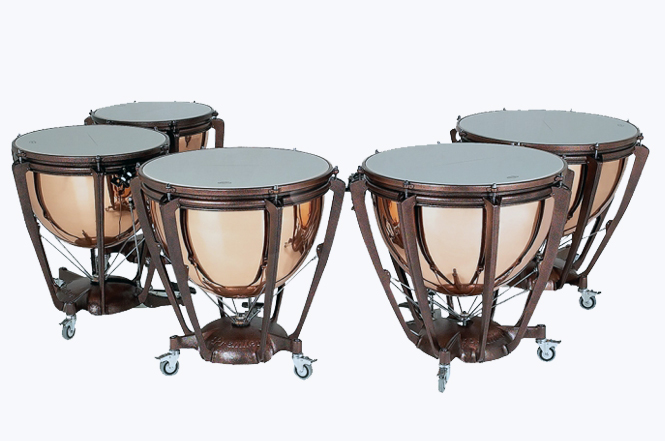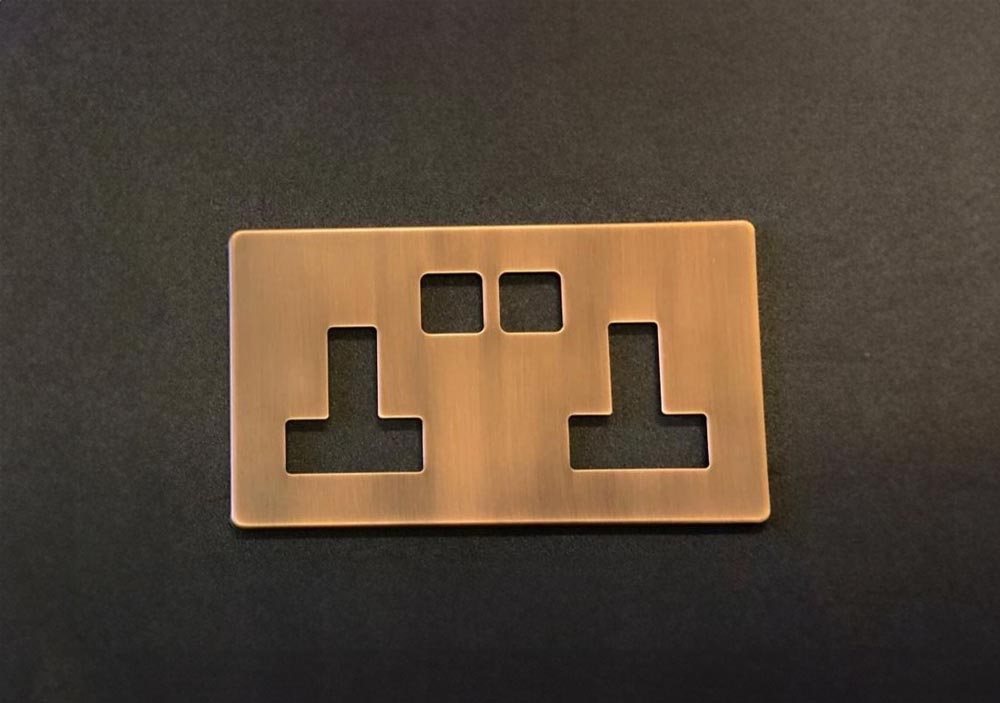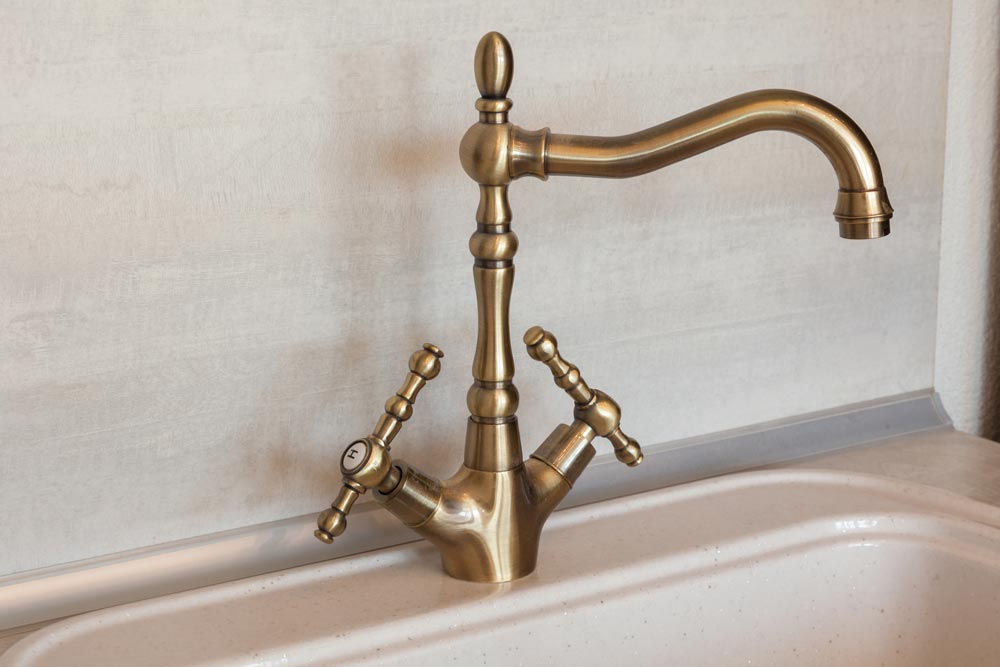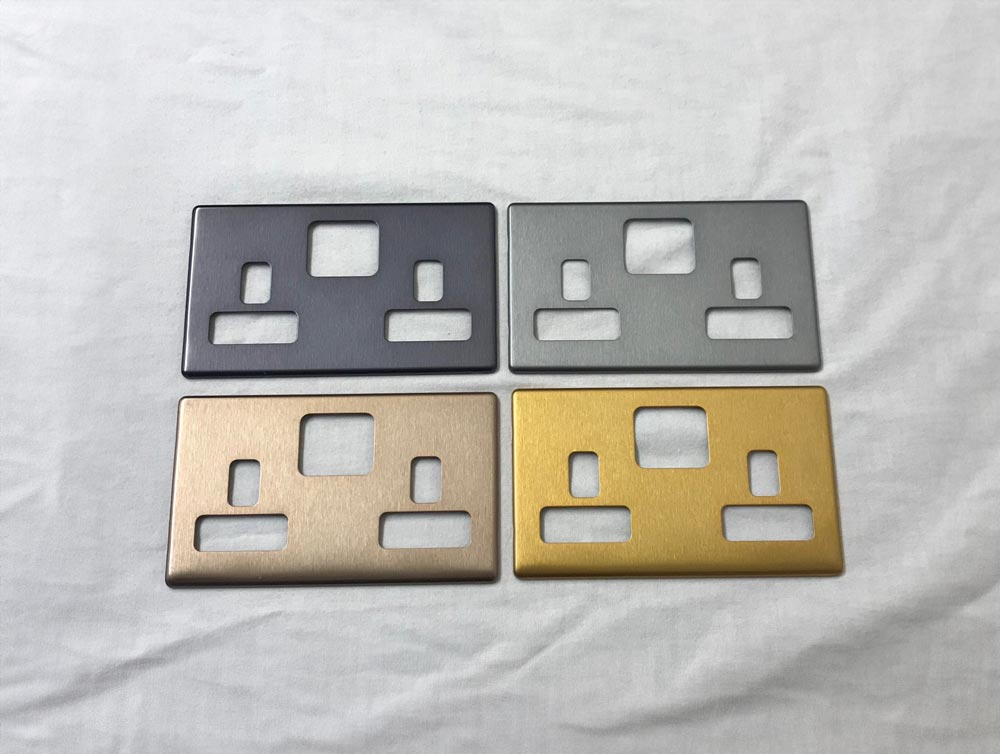What our clients say…
"Merridale provides a quality service, excellent communication and customer service. A pleasure to do business with!"
Ryan
"I would like to thank everyone for their support and friendly service and the high quality of work provided throughout the years of working together."
Lee
"We have been using Merridale for many years and have always had first class quality and service. Nothing is too much trouble and they are always prepared to go the extra mile."
Alec

